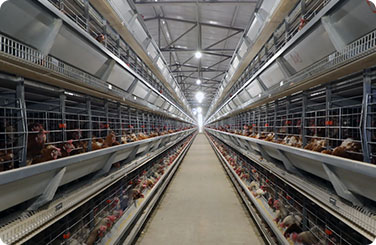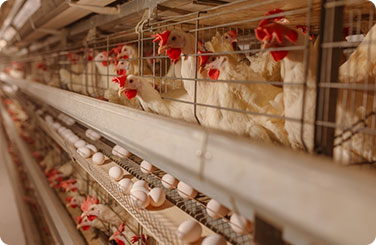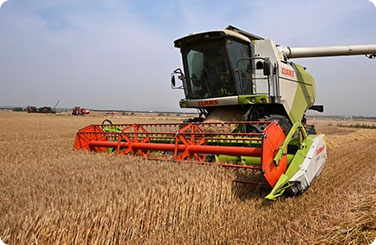How to Choose the Right Poultry Slaughter Equipment for Your Farm
Choosing slaughter equipment isn’t just a purchase — it’s an investment in your farm’s future. Get it right, and you boost efficiency, animal welfare, and profits. Get it wrong, and you’ll be bleeding money (literally and figuratively). Here’s how to lock in the right setup, step by step.
1. Know Your Scale
Small farm? Medium commercial? Industrial?
Start here. Your daily bird count drives every equipment decision — from scalders and pluckers to evisceration and chilling systems.
-
<500 birds/day? Go manual or semi-auto.
-
1,000–3,000? Look at modular systems.
-
5,000+? Go full auto — conveyor-driven lines, automated defeathering, etc.
Pro tip: Don’t overbuy. You’re not a mega processor — yet.
2. Match to Your Bird Type
Broilers? Layers? Ducks? Turkeys?
Different species = different requirements.
-
Broilers: standard kill lines work.
-
Ducks/geese: need longer scalding + wax systems.
-
Layers: may need gentler handling due to bone fragility.
Choose equipment designed for your specific breed and bird size.
3. Check for Hygiene & Compliance Features
You’re not just feeding families — you’re meeting strict hygiene laws.
✅ Stainless steel build
✅ Easy-to-clean surfaces
✅ Drainage design
✅ Conforms to local slaughtering regulations (Halal, HACCP, EU, USDA, etc.)
Shortcuts here will bite you later. Hard.
4. Prioritize Animal Welfare
Stress = lower meat quality + ethical red flags. Look for:
-
Humane stunning (electrical or gas)
-
Gentle handling conveyors
-
Smooth shackles and minimal trauma systems
Better welfare isn’t optional anymore — it’s your brand’s reputation.
5. Think About After-Sales Support
Machinery breaks. What matters is how fast it gets fixed.
-
Is there a local distributor?
-
Are spare parts stocked nearby?
-
Do they offer training or setup guidance?
Buy gear from a brand that won’t ghost you once the invoice clears.
6. Budget Realistically — But Strategically
Yes, Chinese and Indian systems offer great value, but don’t go cheap just to save upfront. Focus on total cost of ownership — energy use, repairs, downtime, labor needs.
Think like a CFO, act like a farmer.
Final Take
Right equipment = smoother ops, better meat quality, fewer headaches.
If you’re serious about scaling your poultry operation, don’t guess. Do the math, match the specs, and future-proof your setup. The birds — and your balance sheet — will thank you.



